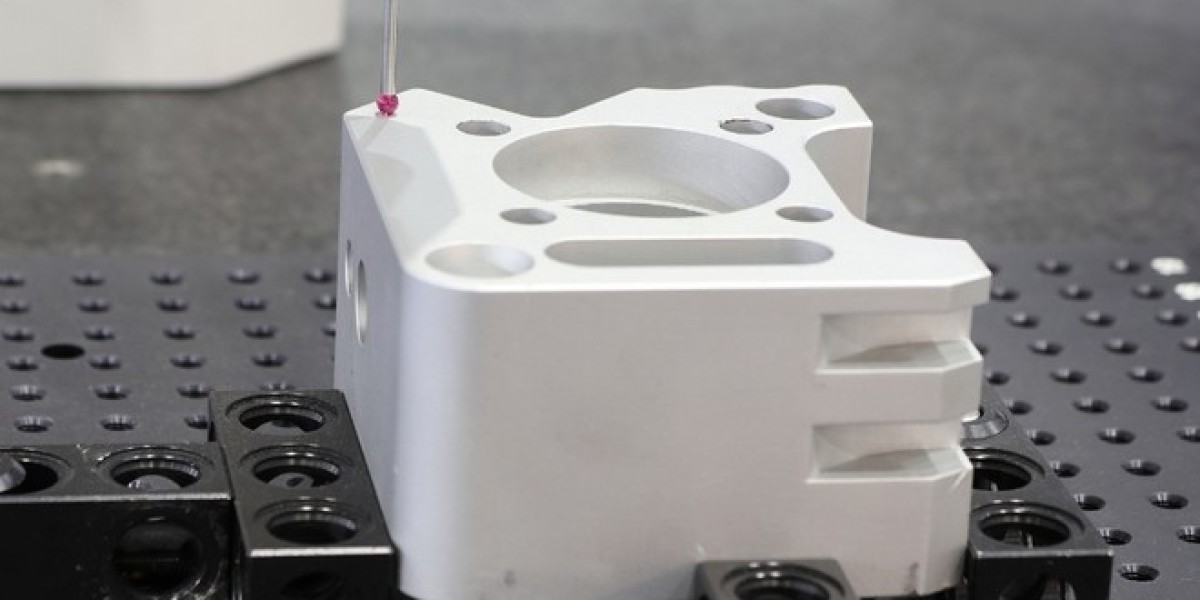Sand casting is a versatile and cost-effective method for creating metal parts. From intricate designs to industrial components, this process offers immense flexibility. Below is a detailed guide to help you master the art of sand casting parts, ensuring precision and quality in every part you produce.
Understanding Sand Casting
Sand casting parts is a casting process that utilizes sand molds to create metal parts. It's one of the oldest known casting processes, dating back thousands of years. Despite its age, it remains widely used due to its simplicity, versatility, and cost-effectiveness.
Materials and Equipment
Pattern: Begin by creating a pattern of the desired part. This pattern can be made from wood, plastic, or metal and serves as the template for the sand mold.
Sand: High-quality sand is crucial for successful casting. Opt for fine-grained silica sand, as it provides excellent moldability and surface finish.
Binder: Binders such as clay are mixed with the sand to enhance its cohesive properties and help it retain its shape during molding.
Molding Box: Also known as a flask, the molding box holds the sand and pattern during the molding process.
Melting Furnace: A furnace capable of reaching temperatures sufficient to melt the chosen metal (e.g., aluminum, bronze, iron).
Pouring Ladle: Used to transfer molten metal from the furnace to the mold.
Other Tools: Various tools like ramming rods, sprue cutters, and trowels are necessary for compacting sand, cutting gates, and refining the mold.
The Sand Casting Process
Pattern Creation: Craft the pattern of the desired part with precision, ensuring it's slightly larger than the final part to account for shrinkage.
Mold Preparation: Place the pattern in the bottom half of the molding box and pack sand around it, ensuring proper compaction. Repeat for the top half of the mold.
Mold Assembly: Join the two halves of the mold, leaving a cavity that matches the shape of the pattern.
Pouring System: Create channels (sprue, runner, gates) in the sand to allow molten metal to flow into the cavity smoothly.
Melting and Pouring: Heat the metal in the furnace until it reaches the desired temperature, then carefully pour it into the mold cavity using the pouring ladle.
Solidification: Allow the metal to cool and solidify within the mold.
Mold Removal: Once the metal has cooled, break apart the sand mold to reveal the casting.
Finishing: Trim excess material, remove any remaining sand particles, and perform any necessary post-processing operations (e.g., machining, grinding, polishing).
Tips for Success
- Ensure proper ventilation when working with molten metal to avoid health hazards.
- Pay attention to the design of the pouring system to prevent defects like air pockets and incomplete fills.
- Practice good housekeeping to maintain a clean and organized workspace.
- Experiment with different sand compositions and binder ratios to optimize mold quality and strength.
By following this guide and practicing diligently, you can master the art of sand casting parts and produce high-quality parts with precision and consistency.








